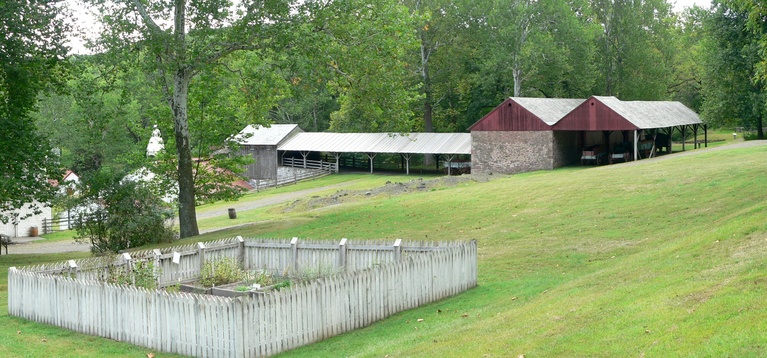
Unknown to most Americans today, in the years leading up to the revolution, the English Crown had passed laws that were meant to control iron making just like other industries. Raw product (pig iron, in this case), that was shipped back to England was fine; finished goods were not. American iron makers, for the most part, ignored those laws.
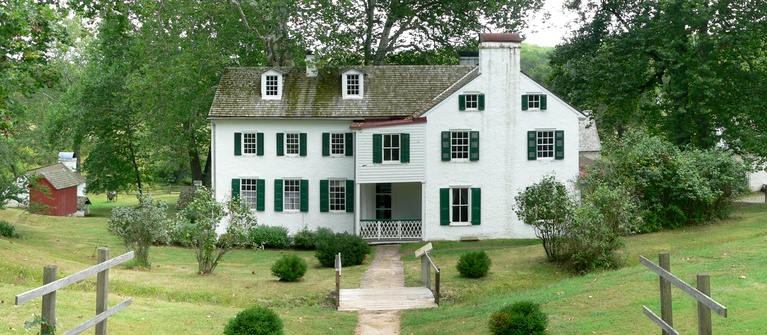
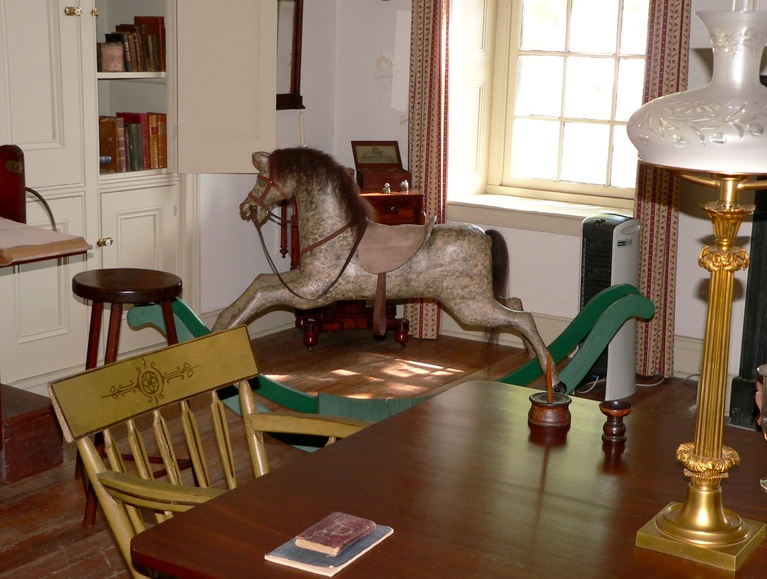
Marcus Bird, son of iron master William Bird (namesake of Birdsboro, Pennsylvania), built Hopewell Furnace and began producing iron in 1771. By 1776, Hopewell Furnace community was the largest iron producer in the American colonies. Several mines in the area, owned by Bird and others, produced good quality ore. Abundant forest land and limestone, the other requirements for making iron, were also nearby.

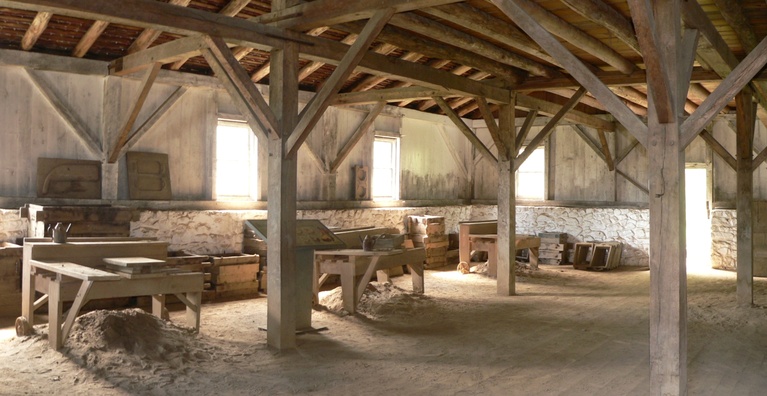
About 40% of the workers at Hopewell furnace were woodcutters. A woodcutter could produce an average of two cords of wood a day. Once turned to charcoal, this was only enough to keep the furnace running for a little more than 2 hours.
Bird made a number of items at Hopewell Furnace for the Continental Army and Navy during the American Revolution, among them more than 100 cannon, shot and shell, outfitted his own regiment and was responsible for getting tons of flour to George Washington’s troops at Valley Forge. Unfortunately, after the war, he was never paid anything for anything. Bankruptcy was the result and he escaped his creditors in 1788 by leaving Pennsylvania for NorthCarolina where he made several attempts to start new iron making ventures. None ever quite took off and Bird died nearly penniless in Rutherford County.
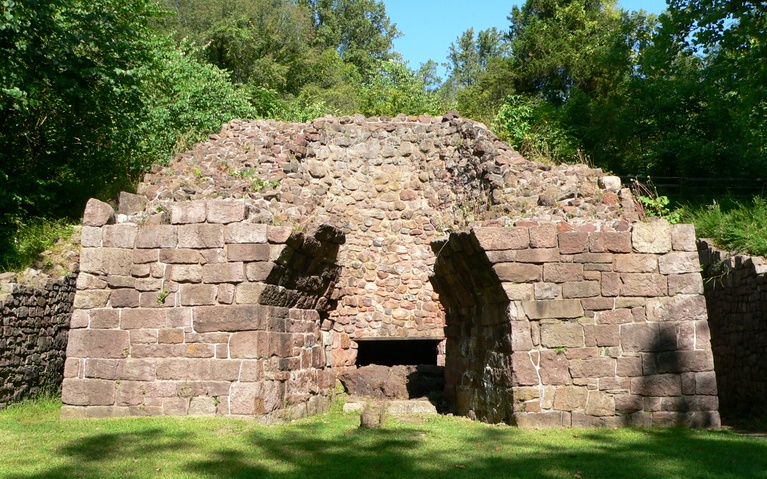
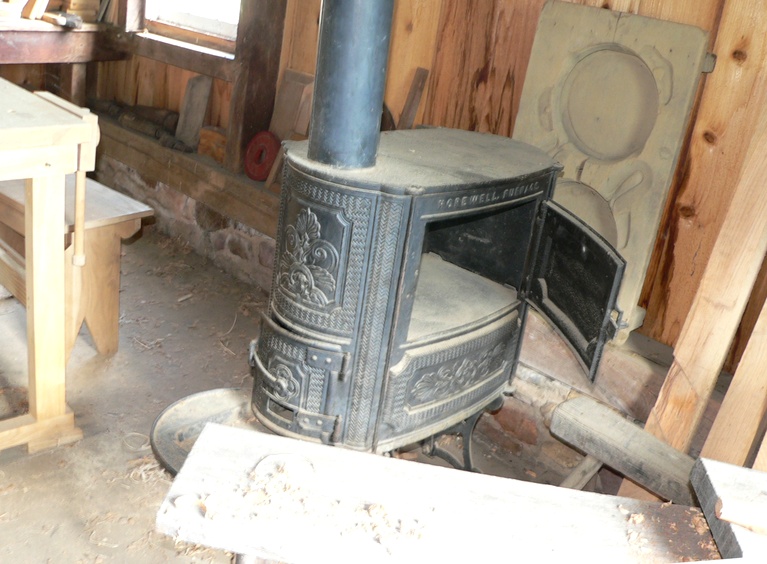
Over the years, the owners of Hopewell Furnace tried various changes that should have improved the profitability of the operation, including charcoal kilns and hot blast anthracite furnaces, both of which failed. Even Hopewell’s most popular and and most famous product, stoves, were not enough to keep things going.
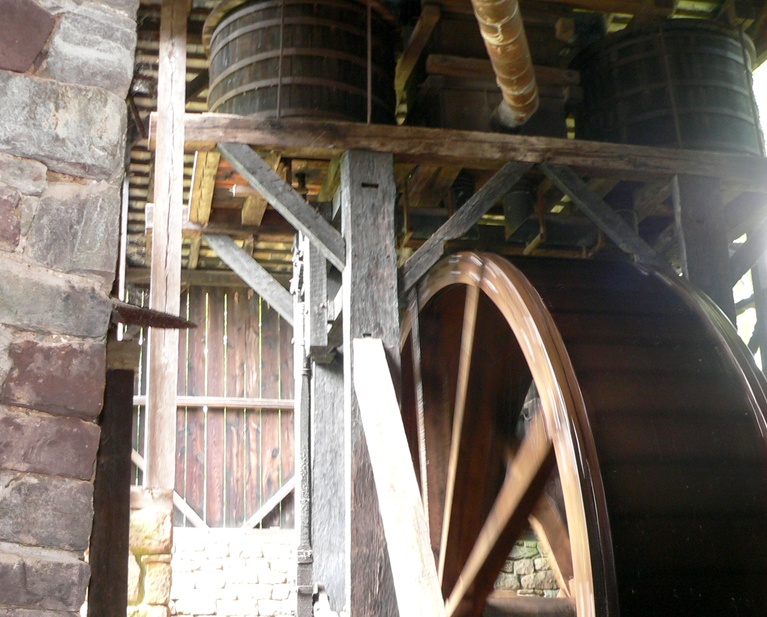

The beginning of the end started in 1856 when Henry Besemer developed an inexpensive process for turning molten iron into steel and steel began to replace many of the finished goods that Hopewell Furnace produced. A short-lived boost to the bottom line occurred during the Civil War years but after the war, the operation declined and in 1883 it shut down for good. The property remained in family hands making money from timber and stone sales and farming until it was purchased by the federal government in 1935. Descendants of workers still lived in the tenant houses.
We were in Loop C in French Creek. Nice campground; lots of trees; so so bathrooms. They needed a good, thorough cleaning. Hopewell Furnace is a short hike or drive.